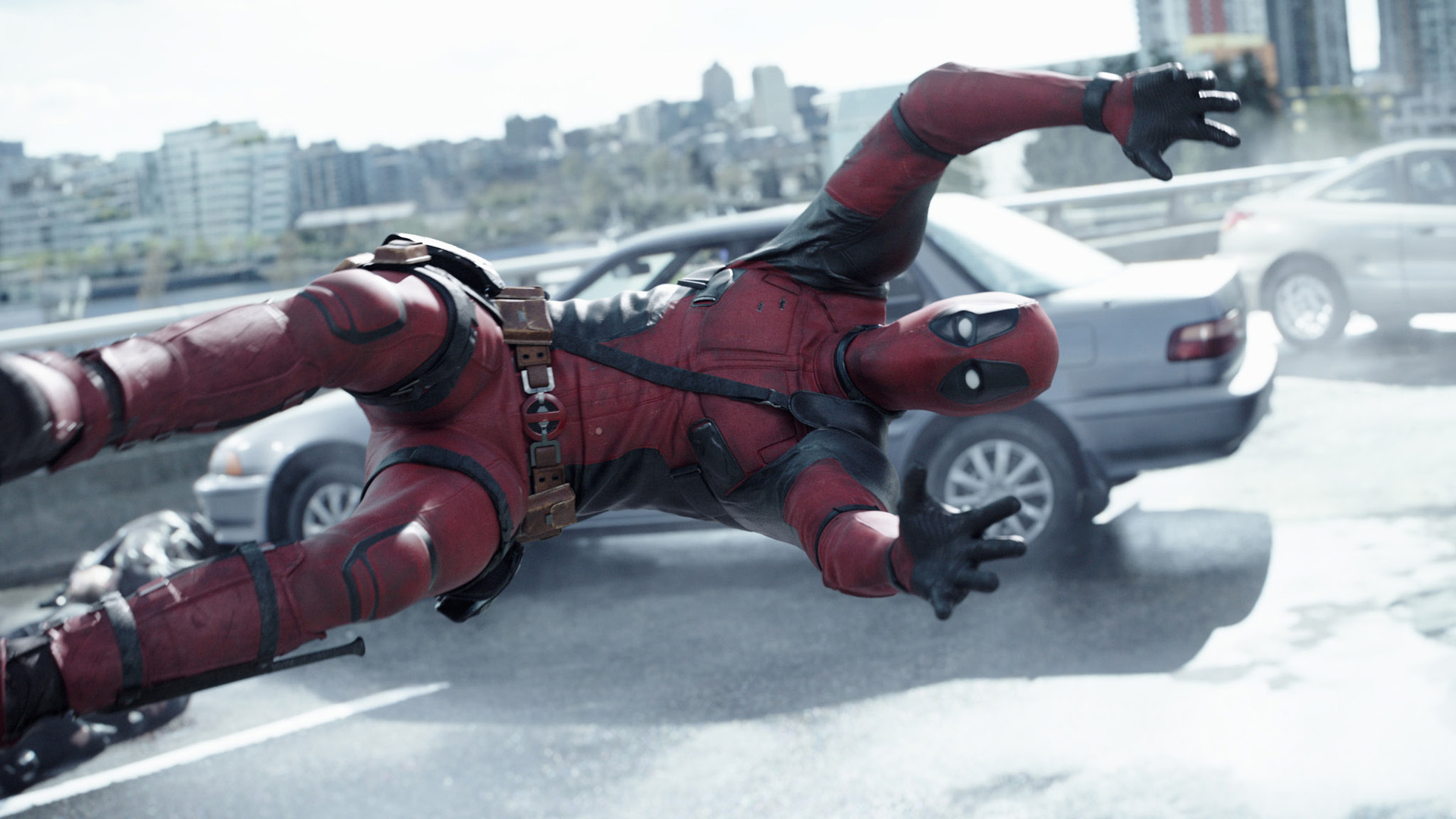“”Deadpool” + Colossus: our favorite [anti] superheroes” by Cramer, Edelstein, Balson and Chort
Conference:
Type(s):
Title:
- "Deadpool" + Colossus: our favorite [anti] superheroes
Presenter(s)/Author(s):
Project Affiliation:
- Digital Domain 3.0 and Blur Studio
Abstract:
Digital Domain worked on the three main aspects of “Deadpool”: Colossus, Deadpool interacting with Colossus, and the Helicarrier. Creation of Colossus required five different actors: a motion-capture actor, a taller actor on the principal shoot, a voice- over actor, face model, and a Mova/facial-capture actor. The team used a proprietary real-time system to capture the facial movement of one actor and redirect to the Colossus character with perfect 1:1 geometry of usable data. They created the digi- double of Deadpool that was usable by all vendors on the project. And they created the Helicarrier, which is similar to Marvel’s X-Men carrier, but a bit more rustic-looking in this anti-hero film.
Blur Studio created the film’s opening title sequence, provided previsualization for several action sequences, delivered an additional 37 VFX shots for two key scenes, and made the low-fi animated end titles. Blur also provided previsualization for the main car chase, the subsequent bullet-counting sequence, and the final fight scene. Previsualization was critical for staging the flow of each scene and determining which shots would work best in advance. One of the main tasks in Blur’s 37 VFX shots was integrating a fully CG version of a damaged Colossus, building on Digital Domain’s “clean” Colossus model. Blur developed an identical clean Colossus, which required extensive full-body and facial motion capture, and incorporated heat damage, scrapes, and other flaws.




